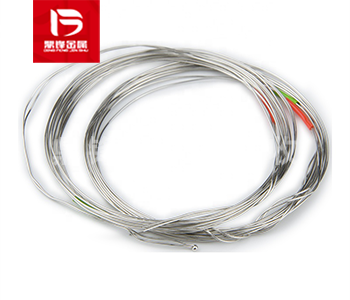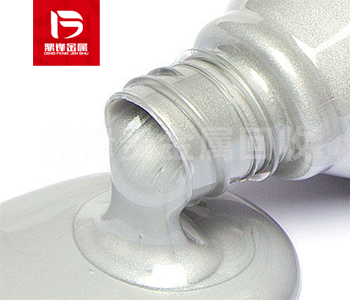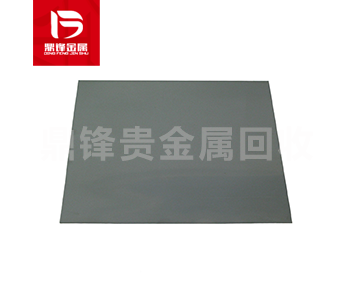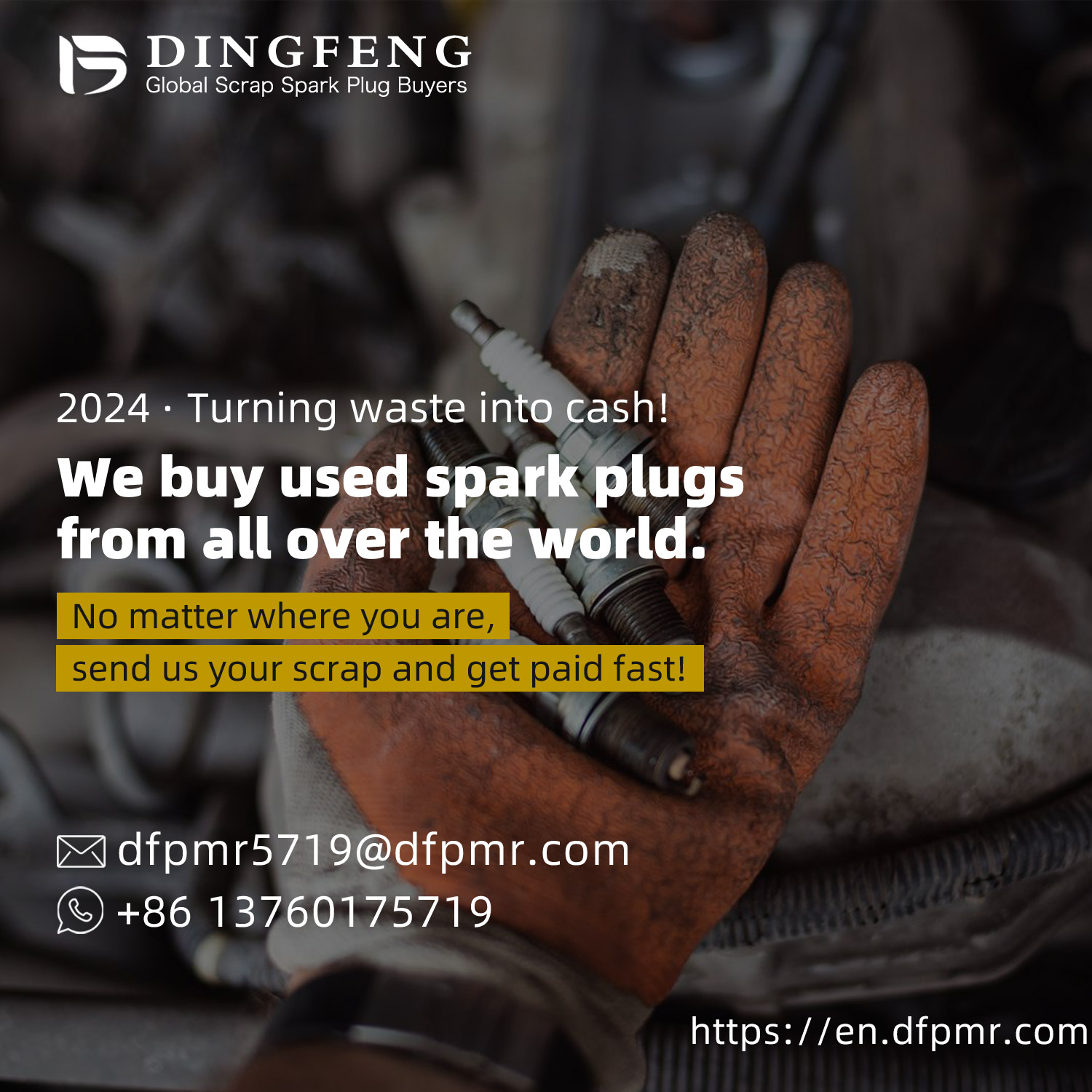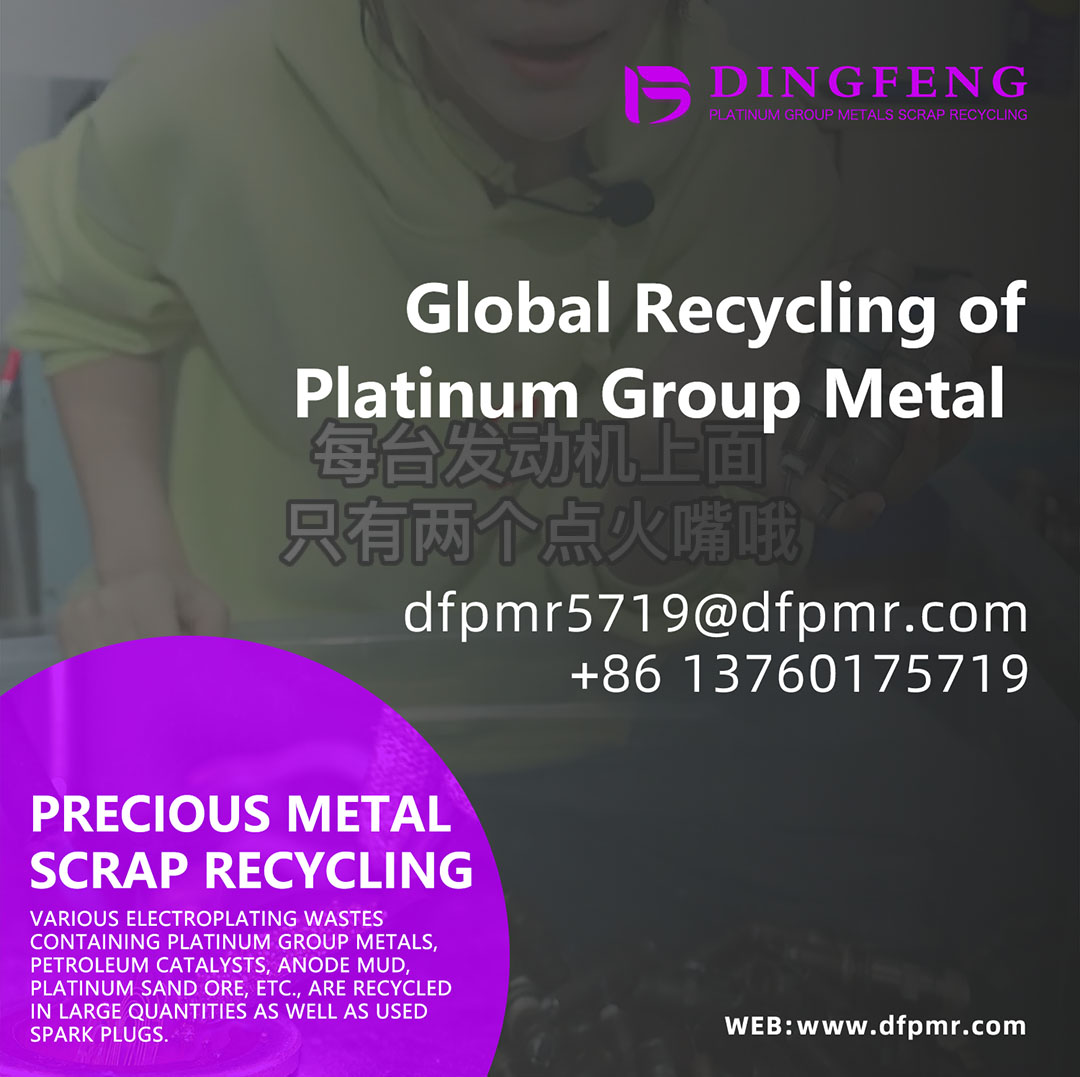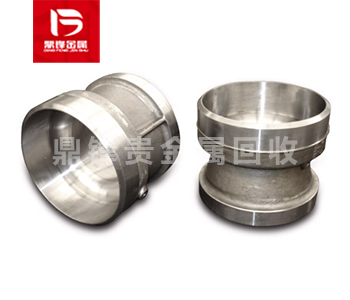Rhodium hydride recovery_ Rhodium catalyst recovery price_ Precious metal recycling and refining manufacturers
Rhodium hydride (PdHx) is a metal hydride with unique properties, formed by the transition metal palladium (Pd) and hydrogen (H). The structure of rhodium hydride is very special, and the bonding between its atoms is such that hydrogen atoms can occupy interstitial positions in the palladium lattice. This structure allows the formation of metallic bonds between hydrogen atoms and palladium atoms. In this process, the concentration of hydrogen can vary from PdH0 (pure palladium) to PdH1 (there is one hydrogen atom around each palladium atom). In addition, the phase diagram of rhodium hydride shows two phases, α and β. The α phase is the low hydrogen content phase of palladium hydride (x<0.03), while the β phase is the high hydrogen content phase (0.58>x>0.03).
Product Details
Rhodium hydride (PdHx) is a kind of metal hydride with unique properties, which is formed by transition metal palladium (Pd) and hydrogen (H). The structure of rhodium hydride is very unique, and the bonding method between its atoms allows hydrogen atoms to occupy interstitial positions in the lattice of palladium. This structure allows the formation of Metallic bonding between hydrogen atoms and palladium atoms. During this process, the concentration of hydrogen can vary from PdH0 (pure palladium) to PdH1 (with a hydrogen atom surrounding each palladium atom). In addition, the phase diagram of rhodium hydride shows α and β Two phases, α The phase is a low hydrogen content phase of palladium hydride (x< 0.03), while β The phase is a high hydrogen content phase (0.58> x> 0.03).
Rhodium hydride has many unique properties. First, it has extremely high hydrogen adsorption capacity, and is one of the strongest hydrogen adsorption materials in all metal hydrides. Secondly, rhodium hydride undergoes volume expansion when adsorbing hydrogen, which leads to a certain degree of fatigue in the material during multiple adsorption/desorption processes. In addition, the resistivity of rhodium hydride undergoes significant changes when adsorbing hydrogen, making it widely used in the field of hydrogen sensors.
There are various methods for preparing rhodium hydride. Common synthesis methods include gas phase adsorption, electrochemical method, and liquid phase reaction method. Among them, gas-phase adsorption is the most commonly used method, where pure palladium is placed in a hydrogen atmosphere and hydrogen adsorption is controlled by heating and applying pressure. Electrochemical method is another feasible method, which uses Electrolysed water to generate hydrogen and adsorb it on the surface of palladium. The liquid phase reaction method prepares rhodium hydride by reacting palladium salt with a hydrogen source in an organic solvent.
Waste rhodium salt is a recyclable waste of rhodium containing catalysts. The recovery of rhodium containing catalyst waste includes rhodium oxide recovery, rhodium chloride recovery, rhodium acetate recovery, rhodium octanoate recovery, rhodium iodide recovery, rhodium resin recovery, etc. If you have any demand for rhodium containing waste recycling, please call our 24-hour service hotline. Dingfeng Precious Metal Recycling and Refining Factory has its own recycling and refining factory without intermediaries to earn price differences. Our professional technical team and customer service personnel provide one-on-one services to ensure customer privacy during the recycling process.



